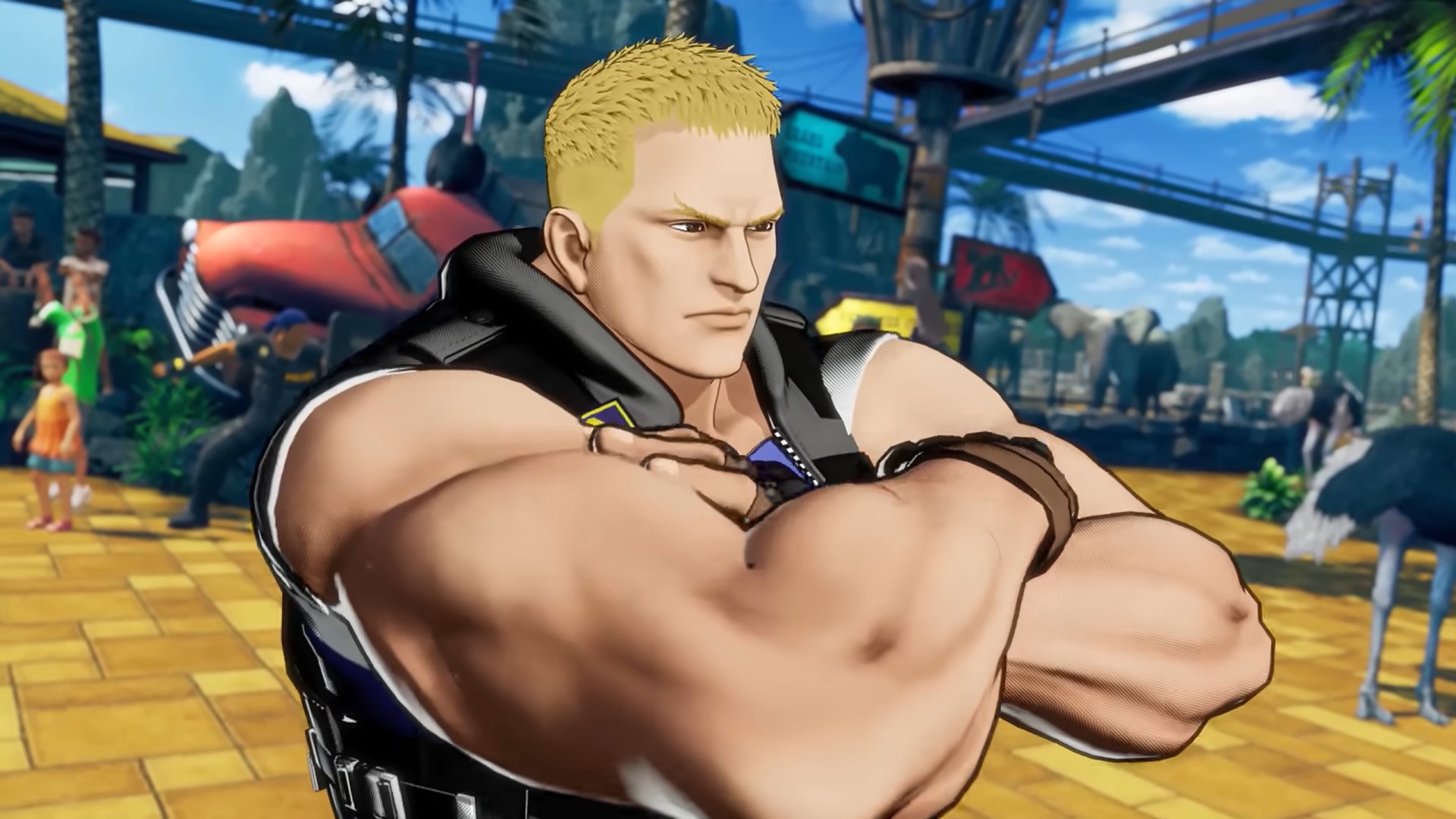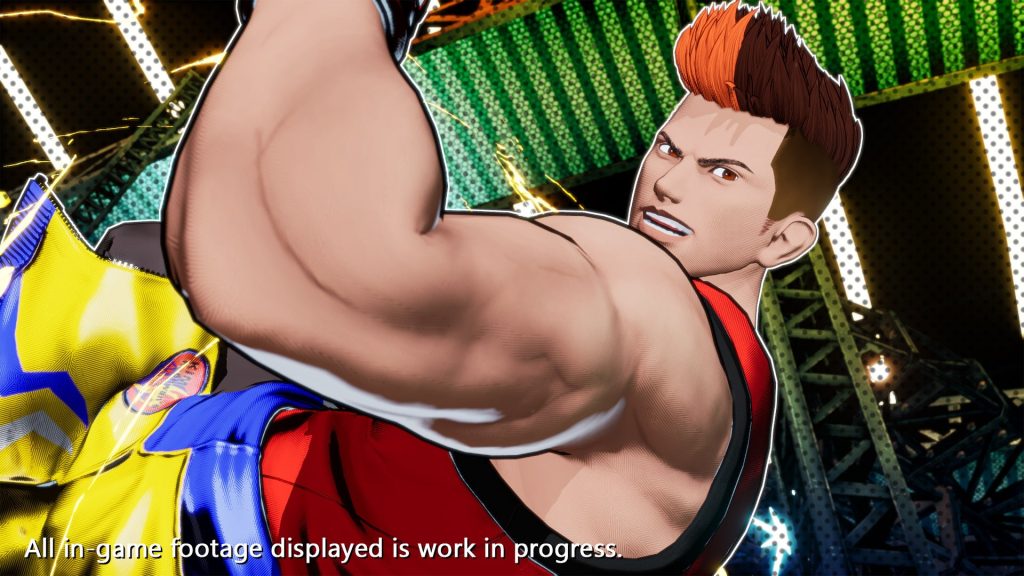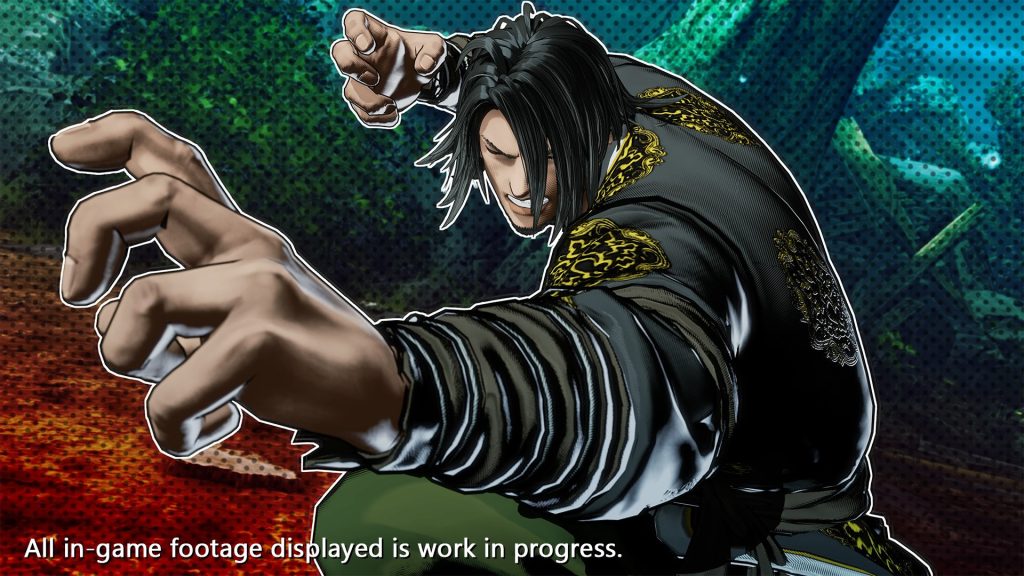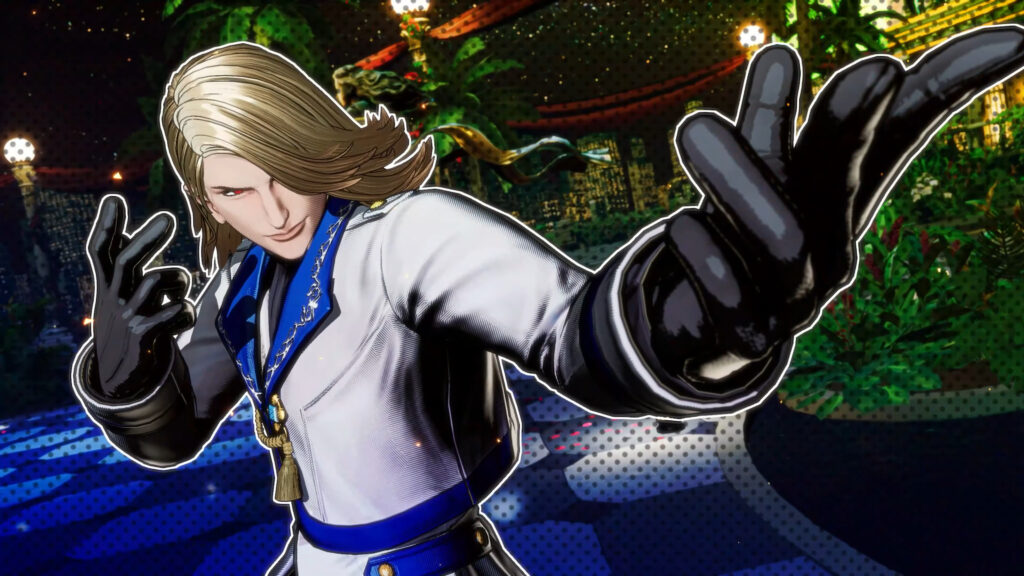
After a long absence of nearly three decades, the legendary but long missing fighting series “Fatal Fury” is making a highly anticipated comeback. Characters like Terry Bogard have been appearing as guest stars in other fighting games during this time, but now they’re returning to their original series with “Fatal Fury: City of the Wolves“. This new game is a direct sequel to “Garou: Mark of the Wolves”, which many consider one of the greatest fighting games. “City of the Wolves” brings back and updates mechanics from its predecessor, while also establishing its unique identity through striking visual styles and innovative combat systems.
For novice gamers or those who haven’t played fighting games in a while, it will be comforting to know that the developers have borrowed ideas from Tekken 8. This means that the game’s fast-paced, offensive combat is made more accessible with control systems designed to help newcomers get accustomed. Alongside the classic four-button arcade style control scheme, there’s also an option for a simplified, beginner-friendly control system. With this, players can easily perform impressive moves without needing to master complex motion controls.

The game also includes a comprehensive tutorial mode to facilitate new players’ learning experience. This not only offers opportunities to master various game techniques but also explains why and when specific moves are preferable over others. In essence, the developers have created an appealing package for this complex game, catering to those who might be less experienced in fighting games.
Let’s delve into the unique combat mechanics of “Fatal Fury: City of the Wolves” shortly, but before that, a quick note on its captivating comic-book inspired art. In essence, if any fighting game could entice a newcomer into its universe, it’s this one. The visual style of “City of the Wolves” harmoniously blends cartoony aesthetics with substantial fight scenes. There’s often a risk that such a design could make the fights feel insubstantial, with style overpowering substance, but “City of the Wolves” cleverly employs an intense staccato effect to emphasize every punch, kick, block, and throw, ensuring each impact is felt.
In City of the Wolves, the REV meter plays a crucial role because it allows players to monitor one of its unique aspects, similar to Street Fighter 6’s drive gauge. Part of the innovative fighting system in City of the Wolves, the REV meter builds up each time a REV action is used. Once the meter reaches its maximum, players cannot use REV actions for a while. This prevents repeated usage of REV actions, which are essentially stronger versions of special attacks and guards, encouraging strategic thinking when deciding to perform a REV action.
In the REV toolkit, you’ll find REV arts – these are enhanced versions of special attacks that allow for faster projectiles, stronger punches, or both. You also get REV accel, which allows players to chain REV arts together seamlessly, and REV guard, a specialized block that creates distance between you and your opponent, absorbing more impact than a regular block while reducing damage from special moves. This is called “chip damage.”
REV blows are a combination of offensive and defensive techniques, delivering powerful strikes that simultaneously deflect enemy attacks and inflict massive damage. These REV blows can be executed in mid-air and can follow REV arts thanks to REV accel.

In REV, it might seem like the attacks are too powerful, but it’s crucial to understand that these attacks can only be performed when a fighter’s Special Potential Gear (SPG) is active. This gear is chosen at character selection and can activate at the start, midpoint, or end of a fighter’s health gauge. Strategically speaking, players can choose to initiate fights aggressively, or opt for the SPG to engage when their health is low as a tactic to use REV attacks to reverse the battle outcome and snatch victory from the jaws of defeat. The SPG not only enables REV attacks but also enhances overall attack power, ensuring players still feel its advantage even when the REV meter is at its maximum.
It’s intriguing to observe how the use of S.P.G. and REV moves will unfold as the game gains more popularity among its players. It might not often happen that both players employ S.P.G. at the same time, and in such situations, another REV blow can’t neutralize the impact of a REV blow, potentially causing an imbalance or oversimplifying the game’s intricate mechanics.
The REV meter can be restored using several methods: waiting, moving forward, attacking your opponent successfully, or employing techniques borrowed from the classic Fatal Fury games – Just Defense and Hyper Defense. However, before we delve into these defensive strategies, let me clarify that when the REV meters are fully charged, an additional layer of strategy comes into play, but with a higher risk-reward ratio. Here’s why: when the REV meters are at their maximum, a fighter’s defense meter also starts to deplete. This is shown by a small meter located beneath the player’s health. Each blocked attack causes the defense meter to decrease, and if it reaches zero, you’ll enter a guard crush state, which means you’ll take longer to recover from attacks.
In simpler terms, Just Defense and Hyper Defense are defensive moves in a fighting game where you need to perfectly time your block against an opponent’s attack. This is similar to the parry mechanic in Street Fighter. Performing these blocks can restore health, decrease the REV meter, and even allow you to interrupt your own defense to counter-attack with a Guard Cancel. Certain special moves like Ignition Gear or Redline Gear (known as Gears in City of the Wolves) execute faster when used during a Guard Cancel. Hyper Defense takes it a step further by requiring players to input a specific forward command while blocking a multi-hit attack, but the rewards are the same as in Just Defense.
Alternative methods for reviving the REV meter exist and are particularly beneficial if your hand dexterity isn’t optimal for performing Just or Hyper Defense. Feints act as decoy starting moves for special attacks, providing a way to maintain distance from your opponent. Braking, on the other hand, skips the startup animation of special moves, opening up chances to launch combos or alternative specials; confounding your adversary by confusing their input prediction.

As a gamer diving into this new experience, there’s a lot to wrap my head around, and that’s just scratching the surface! On launch, an array of game modes awaits: Ranked for those seeking competition, Casual for a more relaxed playstyle, and Room matches for private duels. All these modes come equipped with rollback netcode and crossplay, ensuring smooth gameplay across platforms.
Customize my characters with the color edit mode, or groove to tunes from Fatal Fury’s past entries in the Jukebox mode. But what piques my curiosity is the clone mode – a chance to train against AI versions of myself and past adversaries!
In contrast, the main game’s mode caters specifically to solo players. The South Town single-player RPG involves battling adversaries scattered throughout the named city. Winning battles governed by unique rules brings you reward points for character advancement.
The primary gameplay mode is designed exclusively for one player. In the single-player RPG setting of South Town, you’ll engage in combat against enemies spread across the town. Victory in rule-specific skirmishes grants you points to upgrade your character.
Without a doubt, Fatal Fury: City of the Wolves appears to be a strong contender for this year’s most thrilling fighting game. However, based on the results from the recent open beta, it seems that the game’s primary weakness lies in its unimpressive matchmaking system. Fortunately, another open beta is set to begin shortly, which may assist the developers in identifying and resolving the underlying issues with the game’s matchmaking. If they manage to do so, Fatal Fury: City of the Wolves has the potential to once again grace the ranks of video gaming’s most iconic fighting experiences.
Note: The views expressed in this article are those of the author and do not necessarily represent the views of, and should not be attributed to, GamingBolt as an organization.
Read More
- We Ranked All of Gilmore Girls Couples: From Worst to Best
- PI PREDICTION. PI cryptocurrency
- Jujutsu Kaisen Reveals New Gojo and Geto Image That Will Break Your Heart Before the Movie!
- Gaming News: Why Kingdom Come Deliverance II is Winning Hearts – A Reader’s Review
- How to Get to Frostcrag Spire in Oblivion Remastered
- Why Tina Fey’s Netflix Show The Four Seasons Is a Must-Watch Remake of a Classic Romcom
- Assassin’s Creed Shadows is Currently at About 300,000 Pre-Orders – Rumor
- Is the HP OMEN 35L the Ultimate Gaming PC You’ve Been Waiting For?
- S.T.A.L.K.E.R. 2 Major Patch 1.2 offer 1700 improvements
- First U.S. Born Pope: Meet Pope Leo XIV Robert Prevost
2025-04-04 15:15